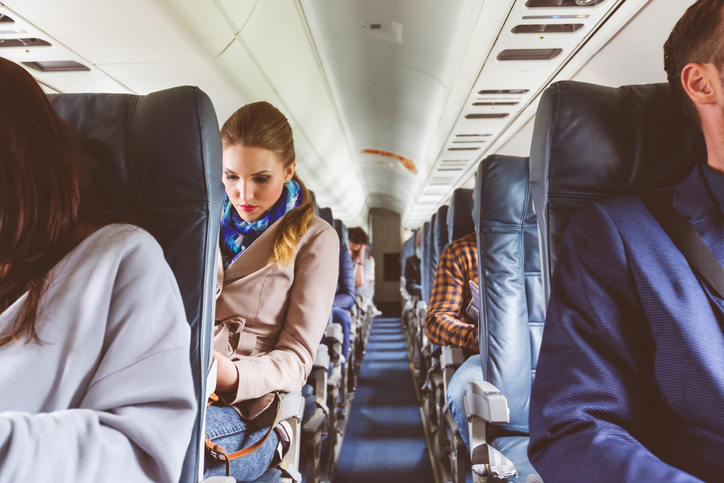
Airplane crashes like Tuesday’s in Mexico make headline news, but statistics suggest flying is very safe and experts say chances of survival have improved.
A strong gust of wind hit an Aeromexico airliner right after takeoff in Mexico’s northern state of Durango. That caused it to lose speed and the left wing hit the ground causing the plane to skid into a field. Of the 101 passengers and crew on board, 85 were injured.

Airplanes are said to be stronger, with less likelihood seats or floors will collapse trapping passengers. (iStock)
Better chances of survival cited
That said, air safety investigator Adrian Young of the consultancy firm To70 told Canadian Press passengers have better chances of survival due to better aircraft construction and safety standards. Young told the wire service that airplanes are stronger and people are less likely to be trapped by collapsed seats and floors.
Young also said interior materials burn more slowly and don’t give off poisonous gasses. And there are fewer obstacles on airport runways.
‘An exceptionally good year for…safety’
To70’s Civil Aviation Review for 2017 found the year to have been “another exceptionally good year for civil aviation safety.” There were only three fatal accidents involving passenger airliners and all involved small turbo-prop planes.
In 2016, there were 71 civil aviation accidents of which six resulted in fatalities. In 2017, there were 111 accidents, three of which included fatalities. A total of 14 lives were lost in 2017. There was a rate of one fatal accident for every 12 million flights.

Rechargeable lithium batteries can catch fire and airlines are trying to keep them out of passengers’ luggage. (iStock)
Lithium-ion batteries create a fire risk
The report notes that the “extraordinarily low accident rate…must be seen as a case of good fortune” and “there is no room for complacency.”
One area of concern is the increasing use of lithium-ion batteries in electronics which “creates a fire risk on board aeroplanes as such batteries are difficult to extinguish if they catch fire.” The report goes on to say airlines worldwide are training their crews to fight such fires and the challenge is keeping such batteries out of passenger luggage.


